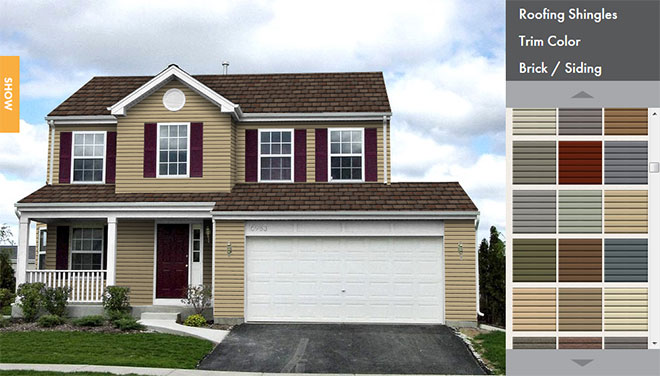Roof Ponding and Roof Performance
Roof ponding is a key issue for the building owners, facility managers, and roofing contractor with regard to the long-term performance of the roof system and structure. Ponding is the source of many performance problems such as fungi, mold, and vegetation growth, sediment deposition, and roof leaks. If not properly addressed, ponding can potentially lead to collapse of the roof structure.
What Is Roof Ponding?
Ponding refers to the retention of water on a flat or low-slope roof. A ponding condition typically results from the deflection of flexible structural roof components. These components include the roof deck, purlins, joists and girders. The flexibility of each structural component contributes to the total deflection of the roof under ponding conditions. Because of the rigidity of concrete structures, ponding is usually not an issue for structural concrete roofs. Ponding may also occur when the roof membrane sustains a leak, moisture permeates the roof insulation, and the wet insulation collapses, forming a depression that collects water. In addition, ponding may occur in cases where the drains are blocked by ice or debris, or where controlled-flow drains are used to impound water on the roof.
The process of roof ponding can generally be described as follows: The roof structure has an initial deflection due to loads or downward camber, which creates a depression. Rainwater ponds in the depression and causes an additional deflection to the roof structure. The enlarged depression collects more water, which causes an increased deflection. If the ponding water continues to increase on the roof, this process can progress until the water spills over the edge of the roof, or the roof structure is overloaded and collapses.
ASCE7-95 “Minimum Design Loads for Buildings and Other Structures,” requires that the roof structure be designed for roof ponding loads when the roof slope is 1/4 inch per foot or less. Because of construction tolerances and long-term deflections under dead load, these roofs are particularly susceptible to ponding. In addition, the procedure for calculating ponding loads requires that the primary drainage system within an area subjected to ponding be considered blocked for the analysis. As a result, overflow drains and scuppers are a key design feature used to minimize ponding surcharge loads so that an economically designed roof structure results.
The best method to prevent ponding is to provide sufficient roof slope along with adequate drainage. Under normal conditions of free drainage, a minimum of 1/4 inch per foot should be provided to mitigate ponding problems. This can be accomplished by the use of tapered insulation, or the design and installation of a sloping roof deck. Slopes of 1/4 inch per foot or more are also effective in reducing peak loads generated by heavy spring rains or snow. Overflow drains or scuppers should be provided to remove water before it reaches an excessive depth. Finally, the primary and overflow drain systems should be inspected and maintained as part of a regular roof maintenance program. These actions will provide a serviceable roof structure and system for the building owner.
Timely Roof Maintenance
The most important reason to implement an annual roof maintenance program is to extend the service life of the existing roof system. Timely repairs will extend the service life of the roof system and provide cost savings to the owner. A roof maintenance program establishes of a proactive posture in the detection and avoidance of leaks and other roofing problems. Problems are addressed at their initial stage, minimizing and eliminating damage to interior furnishings, equipment, building materials and finishes in the event of a leak. In this way, the owner avoids expenditures for such items as deck damage repair and associated costs resulting from reactive maintenance. Development of maintenance guidelines is based on the profile of the roof systems in place.
Minor problems can be detected at their initial stages and corrected before they become severe, extensive problems. Building owners and property managers should view roof maintenance similar to the way they view mortgage insurance. A manageable yearly expense could provide the dividends of a roof system that meets or exceeds its anticipated service life. For instance, a 20-year roof system that protects the building beyond 20 years could be considered free money to the owner.
Performance of a roof system can be affected by many factors, knowing what these issues are will help you to make an informed decision when purchasing a commercial roofing system. It is important to address any concerns you may have with a reliable Minnesota Roofing Contractor for a roof inspection of your roof.


 Click Here
Click Here Click Here To Use
Click Here To Use